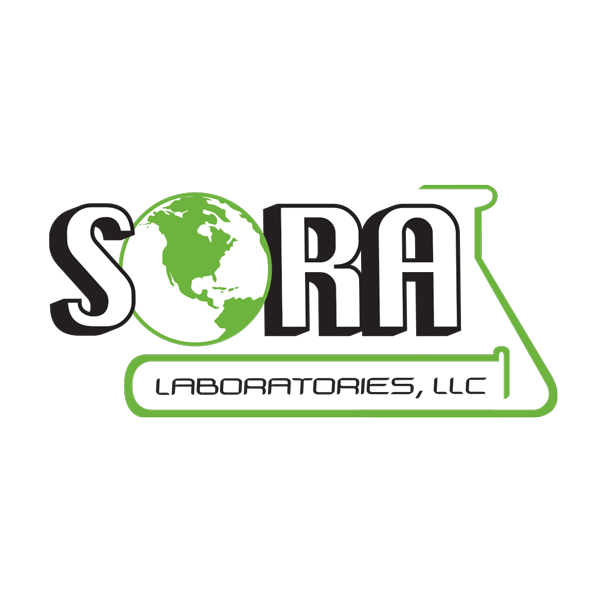By definition, adulteration means, “to make impure by adding extraneous, improper or inferior ingredients.” The FDA/USDA considers “adulteration a legal term if a food product fails to meet federal or state standards. This usually refers to noncompliance with health and safety standards as determined in the US, by the FDA and the USDA.”
In a recent FDA warning letter to TerraVare, Inc., dated 7/12/16, the FDA stated: “These violations cause your High Frequency Super Food Formula dietary supplement products to be adulterated under Section 402(g)(1) of the Federal Food, Drug, and Cosmetic Act (the Act) [21 U.S.C. §342(g)(1)] because they have been prepared, packed or held under conditions that do not meet the CGMP regulation for dietary supplements.”
Adulteration can happen in many forms. One example is adulteration with illegal or tainted substances. Other issues may include heavy metal contamination; high level microbiological counts; and residues like pesticides or solvents. Testing is the key to knowing exactly what is in your products, although not every adulterant can easily be found. However, if you are testing for known contamination and adulteration potentials, this is a great place to start finding any problems.
Case in point—in 2013, an enzyme recall occurred after chloramphenicol, an antibiotic drug residue, was found in digestive enzyme products. No one would have ever expected an adulterant or illegal substance in this type of product. As a result, many enzyme manufacturers now screen incoming raw materials for chloramphenicol, as it’s now considered an adulterant to watch for in these types of products. Subsequentially, testing for chloramphenicol residue in enzymes is now a normal quality check, performed routinely in our lab.
When choosing what testing is needed for your materials, you must evaluate the product for known contamination risks. Since botanical or herbal ingredients are grown outside, potentially coming in contact with pesticides for insect control, a pesticide residue screen would be able to verify that the botanical is clean and free from any pesticide residue. For botanicals labeled organic, this is even more critical, as unintended contamination from pesticide runoff in other fields could have occurred. The pesticide residue must be monitored to ensure that the material would not be considered adulterated
Plant material and anything grown in the soil, is also susceptible to higher heavy metal and microbiological counts in countries with crude waste disposal or poor water quality. Botanical ingredients must be tested to ensure that they are safe for human consumption. Also, since microbiologic counts could be high in botanical materials, processors may use irradiation treatments to help lower the bacterial counts. In many countries, including the US, materials that have been irradiated must be labeled as such. USP <2250> Pulsed Photo Simulated Luminescence (PPSL) was added to the USP in 2015 as a testing method to detect irradiation of ingredients. Testing to determine if your material has been irradiated will allow you to label your finished product correctly.
Adulteration of products is serious business, as many high-profile supplements have been abruptly yanked off the shelves by the FDA because they included illegal ingredients. It is imperative to make sure your product matches your label claims and is free of any unintended ingredients. Your quality team will be tasked with deciding what testing is needed for each material that will be used in manufacturing, and knowing who to call for your testing needs is paramount. Just know, SORA Labs is always here to help with testing any of your testing needs—let us be an extension of your quality team!






